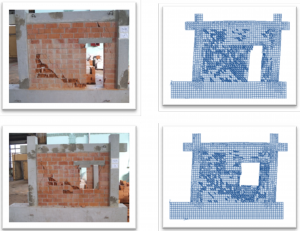Computational Modelling of Brittle Structures
Masonry is a brittle material and complex to model. When masonry subjected to extrenal loads, its behaviour is characterized by highly non-linearity. Our research focuses on the development of computational models to predict the brittle and anisotropic nature of masonry subjected to various types of loading.
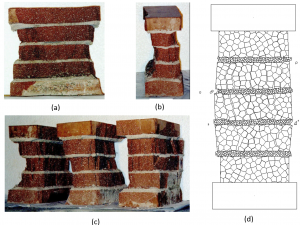
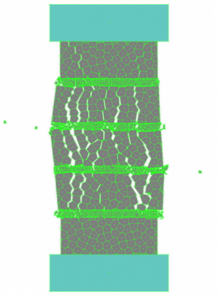
Structural Assessment of Masonry Arch Bridges
There are many thousands of stone masonry arch bridges in Europe. Most of these bridges are well over 100 years old and are supporting traffic loads many times above those originally envisaged. Different materials and methods of construction used in these bridges will influence their strength and stiffness. Our research focuses on understanding the life expectancy of old and deteriorated masonry arch bridges, predict their damage degradation and inform maintenance, repair and strengthening strategies.

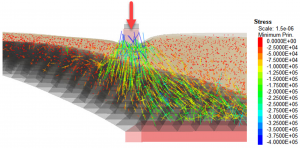
Soil-structure interaction
Our research involves evaluating deformation and damage mechanisms induced due to soil-structure interaction phenomena in masonry structures. By understanding how soil interacts with masonry and find optimal solutions for minimizing maintenance costs while keeping operation reliability and structural safety at an acceptable level.
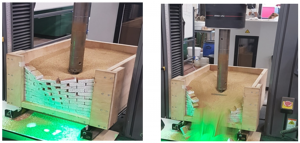

Computational Modelling of Complex in Geometry Masonry Structures
Masonry structures are characterized by their complex geometry. One of the first challenging tasks that appears when dealing with the numerical modelling of masonry structures lasts in acquiring their 3D geometric features. The use of automated surveying techniques, such as terrestrial laser scanning and close-range photogrammetry which produce dense point clouds, appears particularly suitable for obtaining the geometry of historic structures. Our research focuses on the development of automatic, powerful and easy to use procedures for undertaking structural analysis of complex in geometry masonry structures, based on finite and discrete element methods of analysis coupled with advanced terrestrial laser scanning and close range photographic techniques.
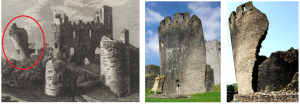
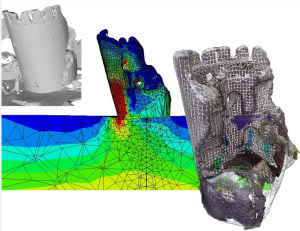
Seismic Response of Masonry Structures
Masonry structures are vulnerable to earthquakes. Our research aims at developing methods supported by advanced computational models of analysis (DEM/FEM) and experimental testing to evaluate the seismic capacity of masonry structures and devise approaches of improving their capacity to resist future seismic excitations.
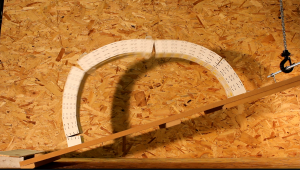
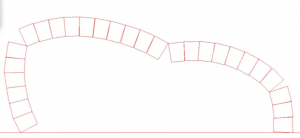
Dynamic Response of Ancient Columns and Collonades
One of the major threats to the stability of classical columns and colonnades are earthquakes. The behavior of columns under high seismic excitation loads is non-linear and complex since rocking, wobbling and sliding failure modes can occur. Our research focuses on understanding the complex dynamic behaviour of rigid bodies such as those found in ancient columns and collonades for cultural heritage preservation.

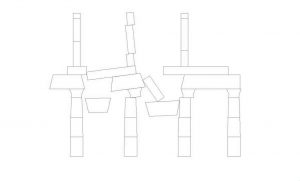
Strength and Stiffness Predictions of Masonry Infilled Frames
Structural frames are commonly used in the construction of multi-storey buildings. These are infilled by masonry walls (with and without openings), which are not only used for architectural purposes but also for providing complimentary in-plane shear resistance to the structure. During an earthquake, masonry infill walls influence the resistance of the structure and can undergo premature failure in the in-plane and out-of-plane directions. Our research aims to determine how the presence of masonry infills influences the in-plane and the out-of-plane behavior of steel/reinforced concrete frame structures subjected to lateral forces.
